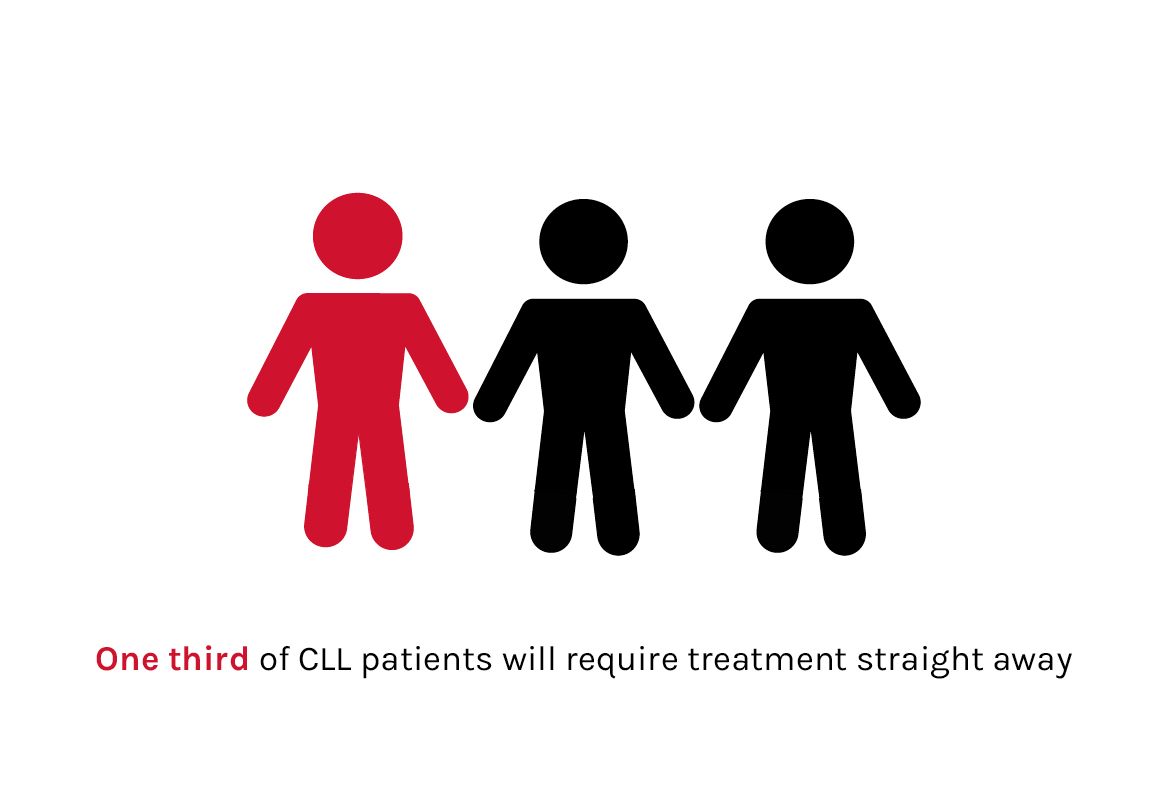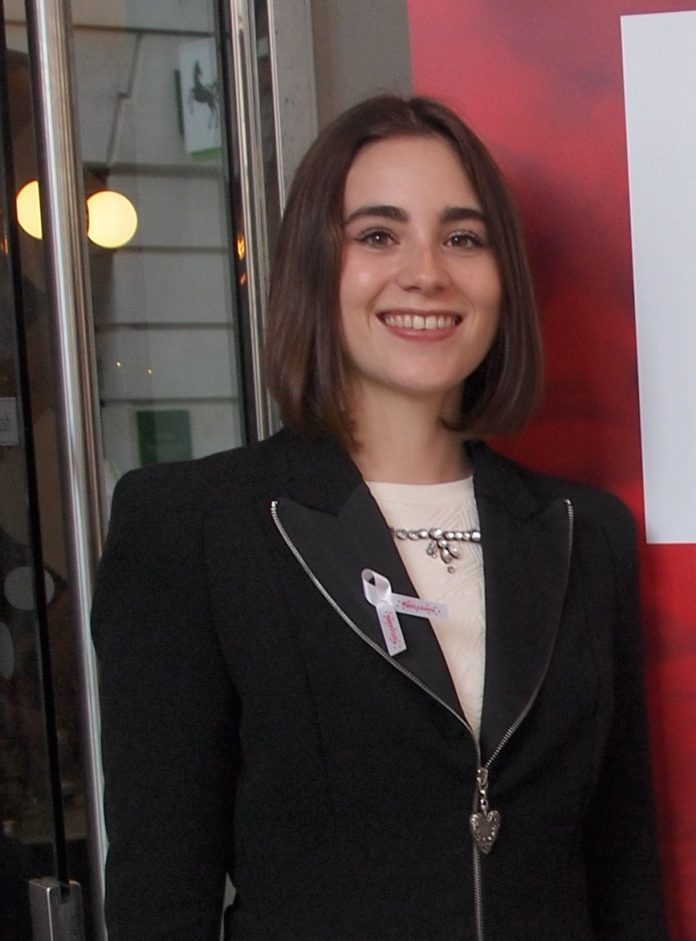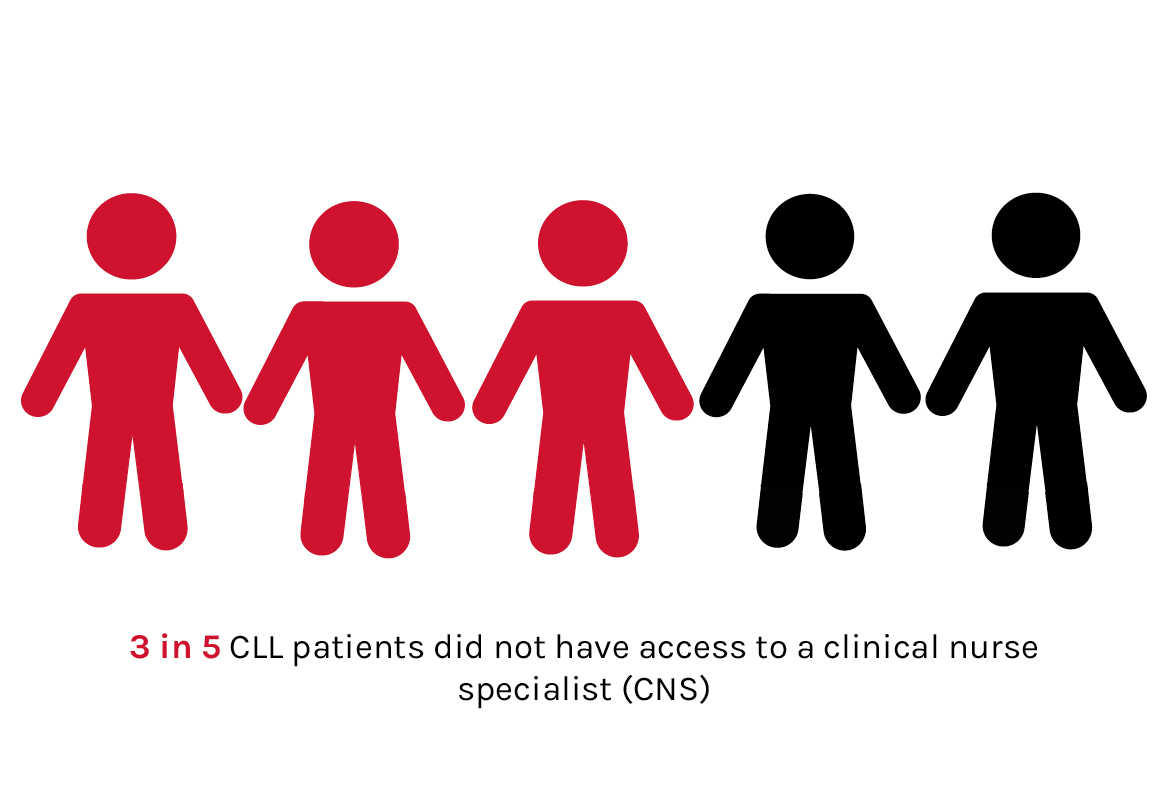Bethany Torr, campaigns and advocacy officer at Leukaemia Care introduces ‘Leukaemia’ and its different forms and explains how people live with the disease
Leukaemia’ is an umbrella term for cancers of the white blood cells – ‘leuk’ means white and ‘aemia’ refers to a condition of the blood. 26 people are diagnosed with a leukaemia every day in the UK and there is currently no known cause.
White blood cells fight infection but leukaemia cells lose this ability. Some of the common signs and symptoms of leukaemia are a consequence of this. Others are due to leukaemia cells taking over space within the blood, leaving less room for healthy blood cells. Commonly experienced symptoms are: fatigue, shortness of breath, fever or night sweats, bruising or bleeding, joint or bone pain and sleeping problems.
Leukaemia is a term that many people have heard of, but very few have an understanding that there are four different types of leukaemia, plus additional rarer types. The main types are distinguished by the blood stem cell affected (myeloid or lymphoid) and the progression of the cancer, either acute (quickly progressing) or chronic (slowly progressing).
Big differences are seen in the experience of acute leukaemia patients compared to chronic leukaemia patients, from diagnosis through to treatment and beyond (1).
Acute leukaemia requires quick intervention. Unfortunately, over half of patients are diagnosed by an emergency route. This is a consequence of both patients delaying in seeking medical attention – many do not suspect their symptoms are signs of cancer prior to diagnosis – and a delay at primary health, with 1 in 5 acute patients being treated for something else by their GP prior to diagnosis. Acute leukaemia can be cured, but late, emergency diagnosis significantly impacts outcomes.
Acute lymphoblastic leukaemia (ALL)
ALL is one of the only cancers that is more common in children than adults, with the average age of diagnosis being between 2 and 4 years old. Current treatment for ALL is an intense course of chemotherapy. Fortunately, with most patients being young and fit they can tolerate the treatments, and long-term survival rates in children reach almost 90%.
New treatments in development are less intensive, causing fewer side-effects. Most recently, the American FDA approved the use of CAR T-Cell immunotherapy in the treatment of paediatric ALL. This therapy involves collecting the patient’s immune cells and using genome-editing tools to enable them to target leukaemia cells.
Acute Myeloid Leukaemia (AML)
Most AML patients are over the age of 65 years old, but AML is still the most common leukaemia diagnosis in 25-49-year olds and accounts for 25% of childhood leukaemias. Survival rates for AML are as low as 30%, as many patients are not fit enough to tolerate the intense chemotherapy treatments.
AML can be split into subtypes defined by the genetic changes driving the cancer. Each subtype can be a predictor of response to treatment and prognosis. If tailored treatments can be developed to subtypes it is likely that they will be less intensive and therefore more tolerable by patients.
Chronic leukaemia on the other hand is currently understood to be treatable, but not typically curable. This means that a patient will have leukaemia for life but in many cases, it can be well managed, leading to a normal life-span.
Chronic lymphocytic leukaemia (CLL)
CLL is the most common of all leukaemia types affecting around 3,500 patients each year in the UK, around 60% of which are over 70 years old. One third of patients will require treatment straight away and others will be on ‘watch and wait’.

‘Watch and wait’ is a process where the progression of CLL is monitored over time and only treated when necessary. For many patients, adjusting to this process can be difficult and a time of significant worry. Unfortunately, many patients are not given access to appropriate support during this time. For example, more than 3 in 5 patients did not have access to a clinical nurse specialist (CNS).
Chronic Myeloid Leukaemia (CML)
Around 700 people are diagnosed with CML each year in the UK, with the average age being ~60 years old. Over 95% of CML cases are Philadelphia positive, meaning the cancer is driven by a tyrosine kinase; the product of the BCR-ABL gene created by the joining of chromosomes 9 and 22.
A decade ago, tyrosine kinase inhibitor (TKI) drugs began to be used in the treatment of CML. Labelled wonder drugs; one pill each day sees the majority of CML patients living a normal life-span with few side effects despite having a supposedly incurable condition. Clinical trials are now assessing whether long-term remission will be maintained with removal of the treatment (TFR).
(1) Leukaemia CARE (2017) ‘Living with Leukaemia’ report. Available online: http://www.leukaemiacare.org.uk/resources/living-with-leukaemia-report
Bethany Torr
Campaigns and advocacy officer
Leukaemia Care
Tel: +44 (0)1905 755 977
Bethany.Torr@leukaemiacare.org.uk
www.twitter.com/LeukaemiaCareUK












